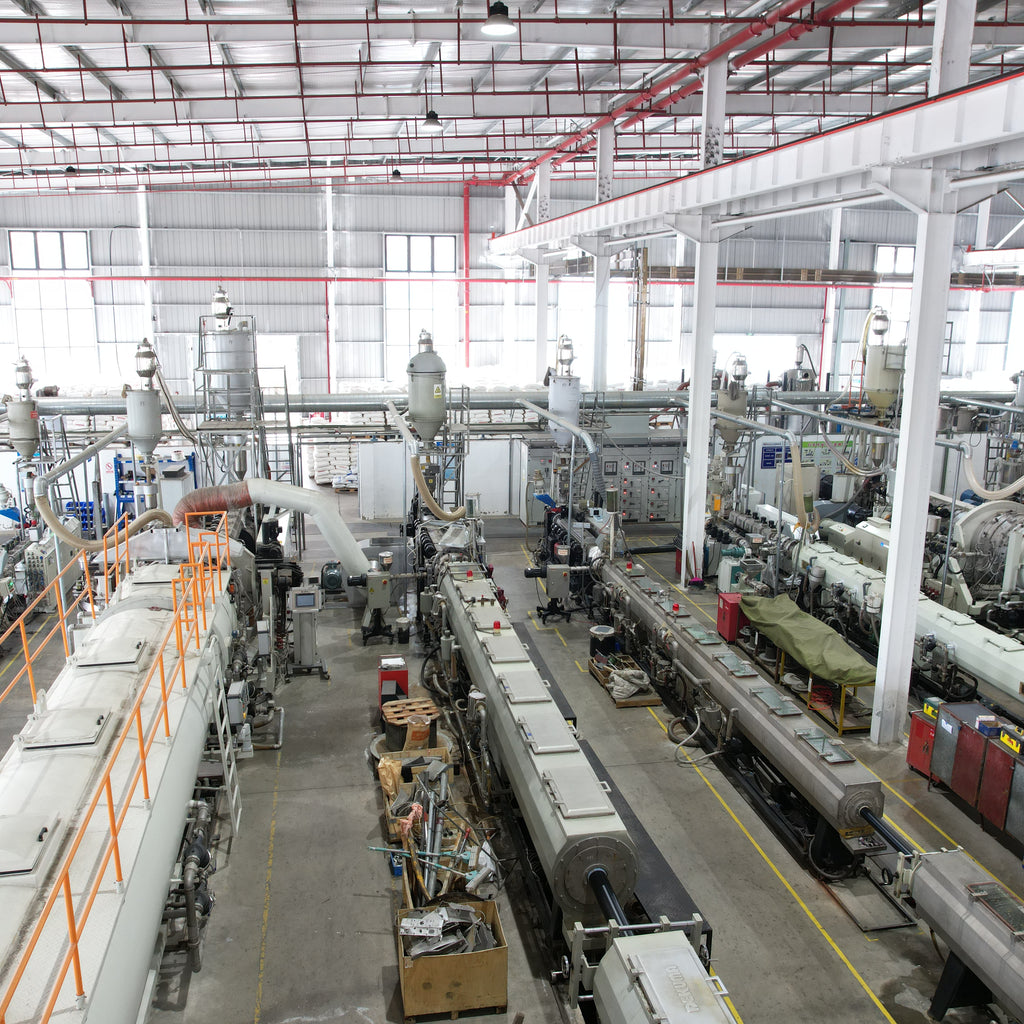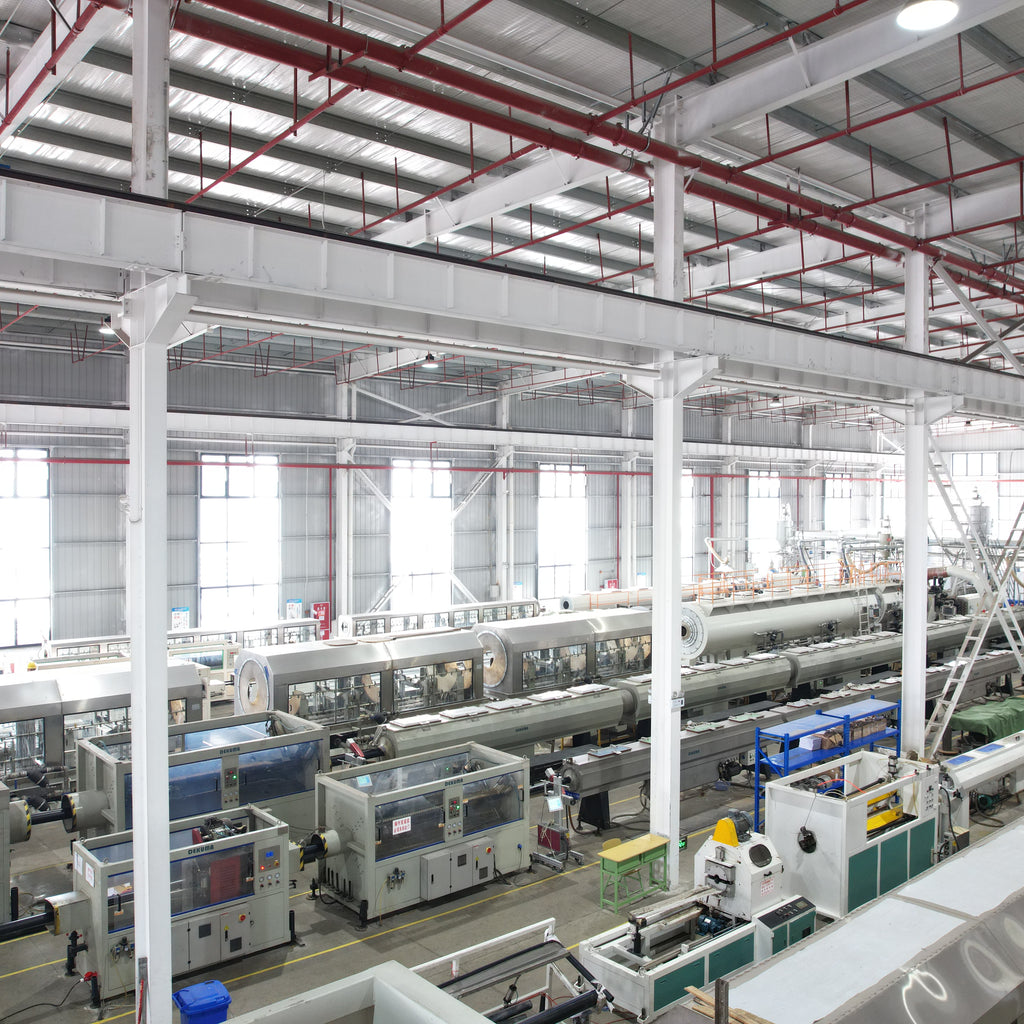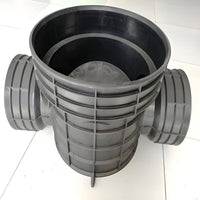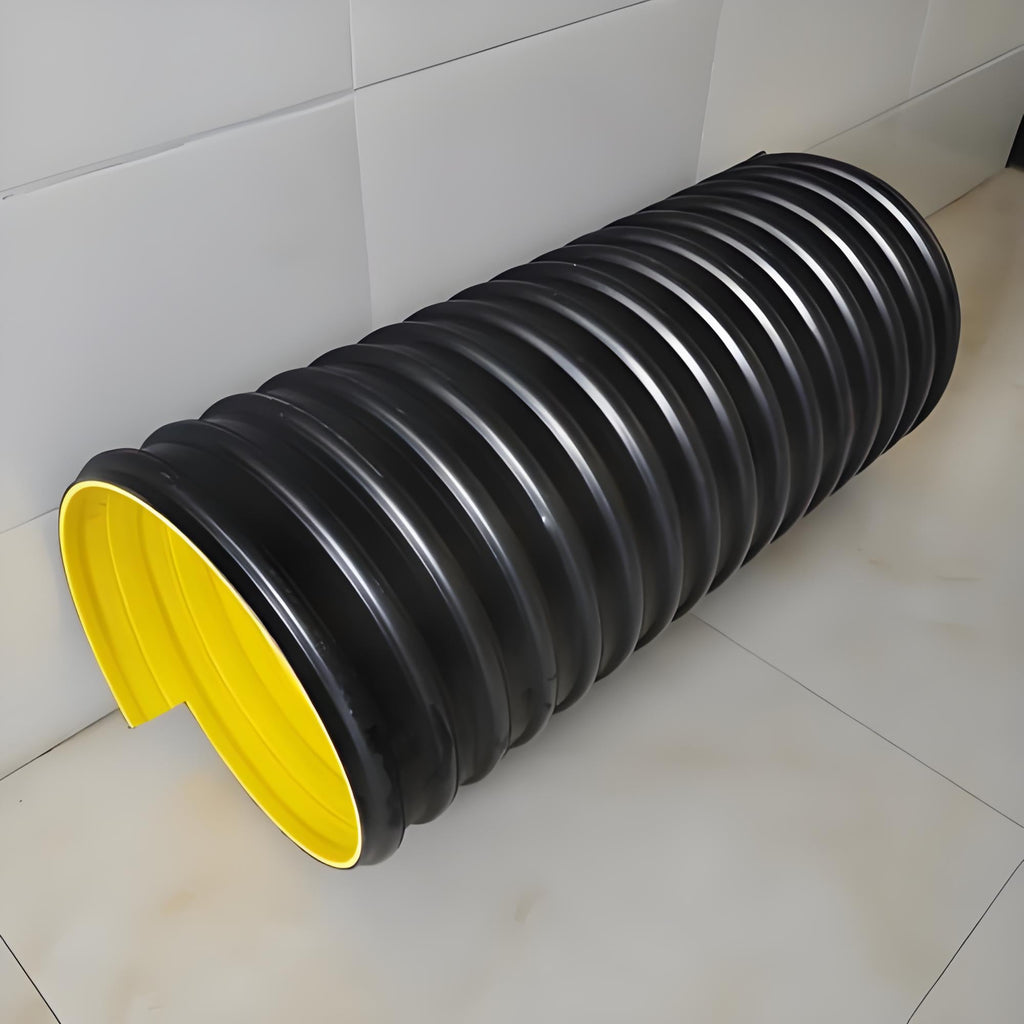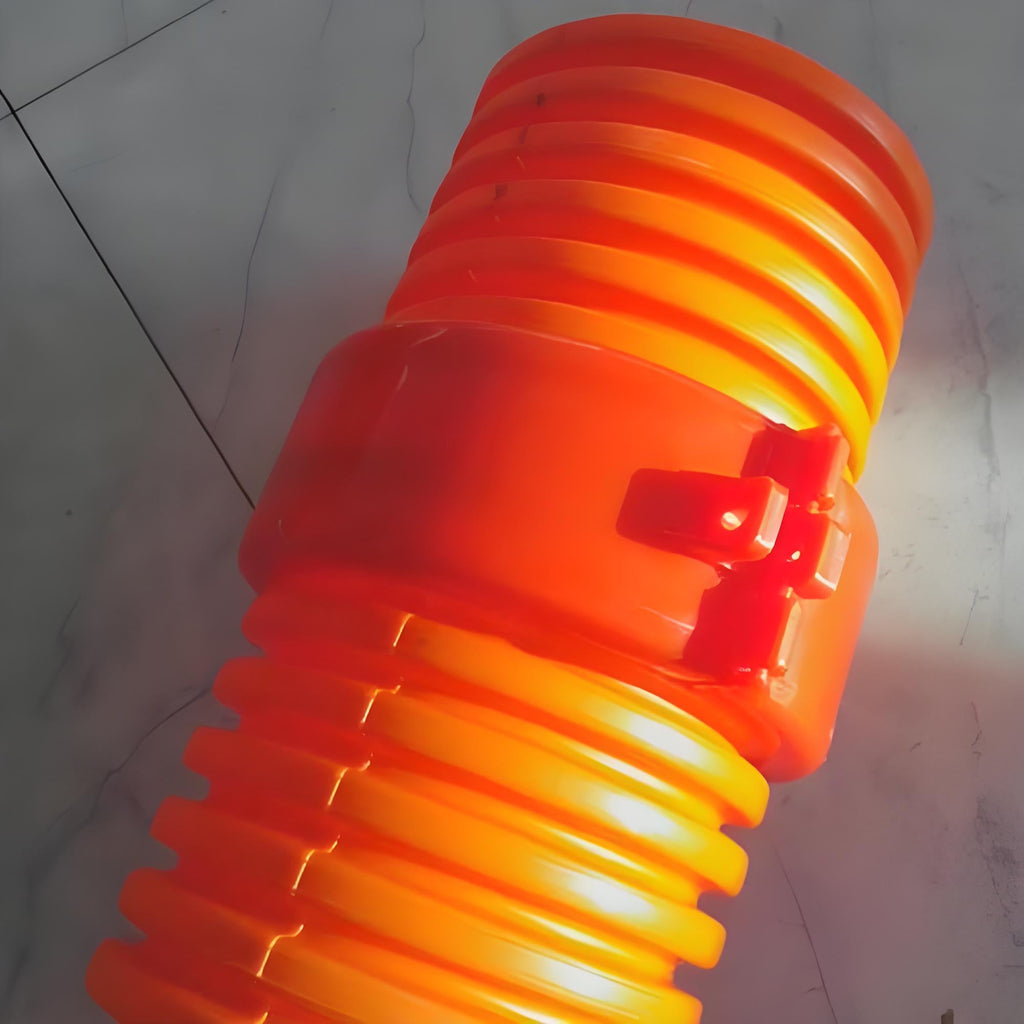-
Prefabricated Structure Optimization and Intelligent Operation of Municipal Inspection Wells ——Buried Pipeline Engineering Applications Based on GB/T 23483 Standard
1. Research Background Inspection wells are critical nodes in urban underground pipelines, with 41% disease rate in 5 years for traditional brick wells: >30mm settlement (62% of failures) >2.5% leakage (GB/T 50268-2022 limit 1%) <35% manual inspection coverage 2. Core Issue: Failure Mechanisms 2.1 Structural Mechanics ABAQUS simulation (Figure 1) and field tests show: 0.85MPa shear stress under vehicle load (asphalt tensile strength 0.5MPa) 40% more displacement with <90% backfill compaction 1:3 stiffness ratio between brick and concrete 2.2 Construction Pain Points Process Traditional Issues Impact Excavation >50% over-excavation ★★★★☆ Joint treatment >15% grout leakage ★★★★☆ Backfill <92% compaction with small machines ★★★★☆ 3. Prefabricated... -
Steel-Plastic Composite Structure Optimization of Steel-Belt Reinforced PE Corrugated Pipes ——Buried Heavy-Duty Pipeline Applications Based on CJ/T 225 Standard
1. Research Background Steel-belt reinforced PE corrugated pipes occupy 63% of large-diameter (DN600mm+) buried pipelines (2024 CPPIA), offering SN16 ring stiffness (100% higher than HDPE pipes). Key challenges: Interfacial peel strength <30N/cm (CJ/T 225-2011 limit) Ovality >4% at >5m burial depth 1.2% leakage rate with traditional joints 2. Core Issue: Steel-Plastic Composite Failure 2.1 Interfacial Failure Modes Tensile tests (GB/T 2790-1995) and SEM reveal: Mechanical interlock failure (60%): Inadequate steel surface treatment Chemical failure (30%): Poor compatibility between steel coating and PE Environmental failure (10%): Hydrolysis under long-term water immersion 2.2 Key Parameters Parameter GB Requirement Engineering Challenges Galvanized layer thickness (μm) ≥8 Coastal areas require >15μm Interfacial shear... -
Ring Stiffness Optimization and Soil-Pipe Interaction Design of MPP Double-Wall Corrugated Pipes ——Buried Pipeline Engineering Applications Based on GB/T 19472.1 Standard
1. Research Background MPP double-wall corrugated pipes occupy 32% of buried pipeline markets (2024 CPPIA), but face two technical bottlenecks: >4m burial depth causes >5% ovality (GB/T 19472.1-2019 limit) Backfill compaction leads to 20-year lifespan difference 2. Core Issue: Ring Stiffness Degradation 2.1 Mechanical Behavior Full-scale ring stiffness tests (GB/T 9647-2015) and FEM reveal:  Crests bear 65% axial stress, prone to buckling Valleys suffer strain concentration, causing plastic deformation Traditional uniform wall thickness uses only 62% material efficiency 2.2 Soil-Pipe Interaction Model Modified Spangler equation relates stiffness ratio (\(E'_s/E_p\)) to deformation:\(\delta = \frac{KD^3}{EI + 0.061E'_sD^4} \times 100\%\) Where: \(E'_s\) increases 28% per 10% compaction increase MPP \(E = 1.2GPa\) < HDPE \(1.5GPa\) 3....


